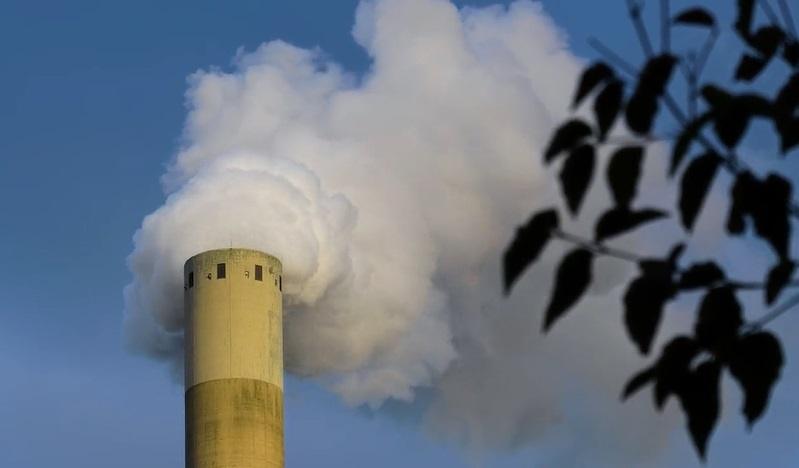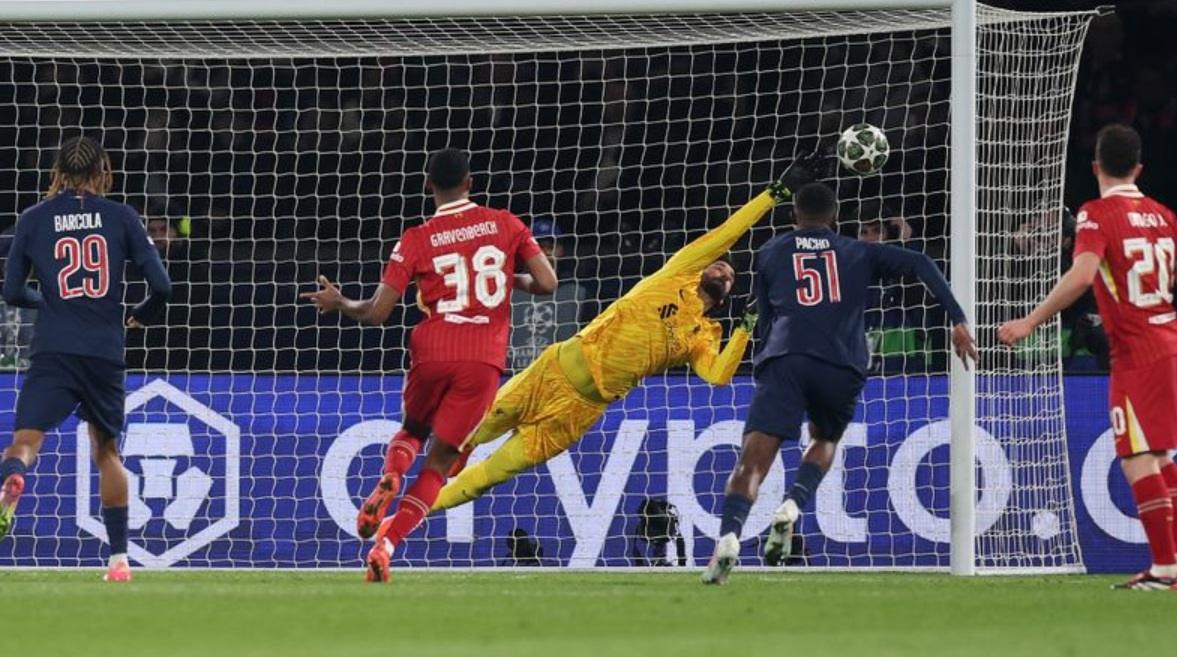EU Launches Strategy to Massively Boost Carbon Capture to Hit Climate Goals
The European Commission announced the release of its strategy to significantly increase industrial carbon capture, storage and utilization capacity across the EU over the next several years, forming a key part of its plan to achieve its climate goals, including reaching net zero emissions by 2050.
The new strategy was launched alongside the Commission’s recommendation on Tuesday to set a 2040 target for the EU to reduce net greenhouse gas emissions by 90% by 2040, on the pathway to carbon neutrality by 2050. While the Commission noted that its climate ambitions focus primarily on absolute emissions reductions, achieving its goals will require major increases in the ability to capture, store and use CO2, particularly to address emissions from hard to decarbonize industrial processes and sectors such as transport and agriculture.
Specifically, the Commission has proposed the development of at least 50 million tonnes per year (mtpa) of CO2 storage capacity by 2030, with the new strategy communication indicating that this will need to scale massively to 280 mtpa by 2040, and again to 450 million tonnes by 2050.
Industrial carbon management encompasses the capture of from fossil fuel combustion, industrial processes, biogenic emissions, or directly from the air. The Commission’s strategy focuses on developing these technologies, as well as the regulatory and investment framework to support them.
The new strategy focuses on three main technological pathways, including the capture of CO2 for storage (CCS), capture of CO2 for utilization (CCU) as a substitute for fossil-based carbon in synthetic products, chemicals or fuels, and removal of biogenic or atmospheric CO2 from the atmosphere for permanent storage.
The communication also highlights the need to establish CO2 transport infrastructure as a key enabler of each of these technologies, with an estimated 7,300 km of infrastructure and over €12 billion of investment required by 2030, ramping to 19,000 km and €16 billion in 2040.
The Commission’s strategy also envisions three key industrial carbon management stages over the coming decades, beginning with the deployment of at least 50 mtpa of storage capacity by 2030 alongside related pipeline, ship, rail and road infrastructure, reaching economic viability for most regional carbon value chains, with CO2 becoming a tradable commodity for storage or use within the EU’s single market and up to a third of captured CO2 utilized by 2040, and in the final stage after 2040, industrial carbon management becoming an integral part of the EU’s economic system, and carbon removed from the atmosphere becoming the main source for carbon-based industrial processes or transport fuels.
Additional aspects of the Commission’s strategy aimed at enabling investment and policies to support the development of CCS, CCU and carbon removal capacity include plans to develop a platform to match CO2 suppliers with storage operators, including the creation of an “investment atlas of potential CO2 storage sites,” the development of policies to uptake the use of carbon as an industrial resource, and to support mechanisms for industrial carbon removals, including whether and how to account for them in the EU Emissions Trading System (ETS).
Maroš Šefčovič, Executive Vice-President for European Green Deal, Interinstitutional Relations and Foresight, said:
“European industry is working hard to reduce its emissions, but there are certain sectors where processes are particularly hard to adapt, and changes are costly to implement. For this reason, we need to boost innovation in technologies to capture, transport and store carbon, to make them an effective climate solution. An acceleration of their deployment would help us meet our climate ambitions, while enhancing the competitiveness of our industry, especially in times of significant geopolitical shifts. In this context, we are also stepping up our engagement with key industrial sectors but also citizens, to ensure that the transition is done in a socially fair manner.”





